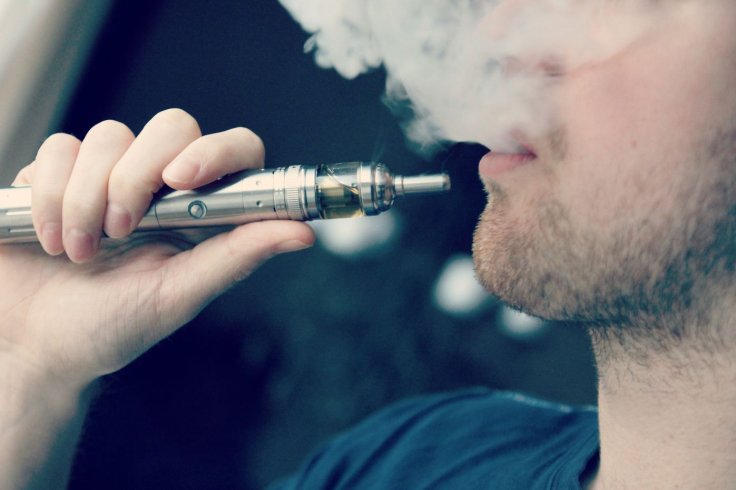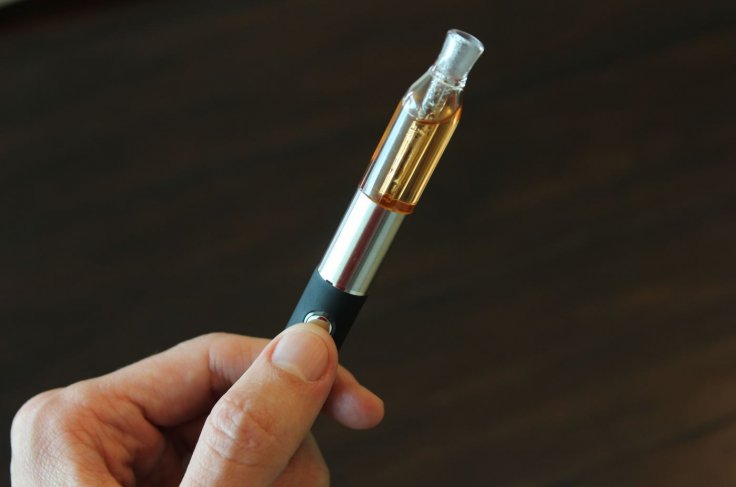Young adults are not aware of the brand of the vaping product they use most of the times, and often are unaware of the constituents of what they vape. The study by researchers from the Stanford University School of Medicine raises severe concerns about the use of Juul and other similar products, and how they are regulated and labelled.
"These young people had no idea how much nicotine they were consuming," said the study's senior author, Bonnie Halpern-Felsher, PhD, professor of pediatrics.
The findings come from a study of California residents that will be published online March 16 in the Journal of Adolescent Health. The study asked 445 participants, ages 17-24, about their use of pod-based e-cigarettes, including specific questions about products made by Juul, Suorin Drop, Phix and Myblu.

Part of a larger study on teenage susceptibility to marketing
Pod-based e-cigarettes are vaping devices that consist of a small plastic pod of nicotine-infused fluid that snaps into a vaporizer powered by a rechargeable battery. The devices resemble computer thumb drives. The study's lead author is postdoctoral scholar Karma McKelvey, PhD.
The data were collected in early 2019 as part of the Tobacco Perceptions Study, a longitudinal study of tobacco and nicotine use, perceptions, and susceptibility to marketing among California youth. The study participants were initially recruited to take part in the research in 2013 and 2014, when they were in ninth or 12th grade at one of 10 high schools statewide. The new findings come from the study's final phase of data collection.
Questions in detail
Participants completed a questionnaire with detailed questions about their history of nicotine consumption, including use of cigarettes; pod-based e-cigarettes, such as Juul; and other types of e-cigarettes. In addition to patterns of use, the participants were asked about their reasons for using pod-based e-cigarettes. They were also asked about their perceptions of the nicotine content of these products.

The study found that 26.3 percent of participants had used Juul; 24 percent had smoked traditional cigarettes; 23 percent had used nonpod-based e-cigarettes; and smaller proportions had used other pod-based e-cigarettes.
Among the participants who had tried a nicotine product, 51.3 percent of those who reported trying Juul had vaped with the device over the last 30 days, 28.6 percent of those who reported trying a cigarette had smoked one within the last 30 days, and 28.7 percent of those who reported trying a nonpod-based e-cigarette had used such a device over the last 30 days.
Sharing pods with friends
About half of users of pod-based e-cigarettes, including Juul, said they shared pods with friends, and nearly half did not know if they always used cartridges sold under the same brand name as their devices.
The reason for choosing pod-based e-cigarettes was that they were easy to hide, according to 58 percent of users. The second-most-common reason, selected by 55.6 percent of pod users, was that the smell they produce is less noticeable than other types of e-cigarettes.

"Teens are not using these pod-based products more than other e-cigarettes because of health or the flavors offered," Halpern-Felsher said. "They tell us, 'It's because we can hide these, and the smell produced is less obvious.' This ability to 'stealth use' is concerning."
Level of nicotine unknown
Perhaps the most concerning finding, Halpern-Felsher said, was that young people did not know how much nicotine was in the products they were using. At the time the surveys were completed, Juul packaging just said "5 percent"; the label has since been changed to say "5 percent nicotine." But young adults were unable to calculate what this meant in terms of the actual quantity of nicotine, or to compare it accurately with the amount in combustible cigarettes, the survey found.
"If we asked how many milligrams of nicotine are in a Juul pod, for example, we found the answers were all over the place," Halpern-Felsher said. "The Juul and other pod-based e-cigarette packaging is so confusing and misleading. The packaging should be regulated."
Unaware of the duration taken to finish a pod
In addition, over half of the participants were not sure how long it usually takes them to finish a pod or cartridge. Halpern-Felsher is concerned about this finding, saying that it may demonstrate that youth share and use these products without regard to dosage, nicotine amount or addiction potential.
E-cigarette regulations are not keeping pace with the industry's ability to innovate, she said, noting that in the year since the data for this study were collected, many teens have switched to using disposable vaping products, such as Puff Bars. At present, e-cigarette manufacturers are not even required to provide a complete list of ingredients on the package, Halpern-Felsher said, adding, "I really hope these findings will be used to further regulate e-cigarettes."
(With inputs from agencies)









